PM Modi’s Imphal Visit: A Balancing Act Amidst Ethnic Tensions and Political Stakes
Prime Minister Narendra Modi’s upcoming visit to Manipur on September 13, 2025, carries far more weight than a routine inauguration of development projects. This is his first trip to the state since ethnic clashes erupted in May 2023 between the majority Meitei community in the valley and the Kuki-Zo groups inhabiting the hill districts. With violence claiming over 260 lives and displacing nearly 60,000 people, the visit comes in a highly charged atmosphere where every gesture and announcement is politically symbolic.
At the center of the itinerary lies Imphal, the Meitei-majority capital, where Modi will inaugurate projects worth more than ₹1,200 crore. Equally significant, however, is his stop in Churachandpur, a Kuki-dominated district, where foundation stones will be laid for projects amounting to ₹7,300 crore. This twin focus is designed not only to showcase development but also to project inclusivity at a time when the Bharatiya Janata Party (BJP) faces mounting criticism over its handling of the 2023 crisis.
Projects as Political Messaging
In Imphal, the Prime Minister will unveil a new Civil Secretariat and Police Headquarters at Mantripukhri, both aimed at modernizing governance and law enforcement in the state capital. He will also inaugurate an IT Special Economic Zone (SEZ) worth ₹300 crore, which is expected to bring skilled employment and digital opportunities to a region long burdened by insurgency. Among the socially resonant projects is the expansion of the historic Ima Keithel (all-women’s market) to other districts—an initiative valued at ₹200 crore that both celebrates women’s entrepreneurship and reinforces cultural identity. Urban renewal works, including drainage systems and new roads, add to the package, collectively contributing to over ₹1,200 crore of investments in the valley.
Meanwhile, Churachandpur will see the foundation laying of roads, highways, women’s hostels, and drainage projects, adding up to an impressive ₹7,300 crore. The decision to launch big-ticket projects in both regions underlines a carefully balanced outreach: one to the politically crucial Meitei heartland and the other to Kukis, who have grown increasingly alienated in recent years.
Damage Control After Two Years of Criticism
The BJP has faced sustained backlash for what opposition parties describe as the central leadership’s apathy during the 2023 riots. Congress leader Rahul Gandhi has been particularly vocal, accusing Modi of silence during the peak of the crisis and alleging that the party leaned toward the Meitei side. This criticism has dented BJP’s image not only nationally but also within the sensitive social fabric of Manipur, where demands for a separate Kuki administration remain a live political issue.
By visiting both Imphal and Churachandpur, Modi is attempting to send out a clear message: the government stands with all communities, not just one. The optics of this balanced itinerary are crucial. While inaugurating high-visibility projects in Imphal strengthens BJP’s base among Meiteis, the substantial package in Churachandpur may soften resentment among Kukis, at least symbolically. With local elections and possible by-polls on the horizon, such signaling could help BJP repair its standing and neutralize opposition attacks.
Development as a Counter-Narrative
Beyond optics, the government is keen to present development as the antidote to division. By linking the ₹8,500 crore package to national priorities like Digital India and women’s empowerment, BJP is attempting to turn the page on violence and instead highlight governance, opportunity, and progress.
The IT SEZ, for instance, is not just a building but part of a broader narrative of economic transformation in the Northeast. Similarly, expanding the Ima Keithel markets reinforces a theme of women-led growth, tying local culture to national welfare schemes. For a state reeling under the memory of ethnic conflict, these narratives are intended to shift focus toward hope and inclusion.
Security and Symbolism
Security arrangements around the visit are understandably tight. Recent clashes in Churachandpur over welcome banners for the Prime Minister have highlighted the fragile peace. Central paramilitary forces, state police, and intelligence agencies are working to ensure that Modi’s engagements, including his expected interaction with internally displaced persons, proceed without incident. A smooth visit would reinforce the BJP’s claim of strong leadership and stability, while any disruption could hand the opposition fresh ammunition.
Stakes for BJP
Manipur’s political importance is disproportionately high relative to its size. The state sends just two MPs to the Lok Sabha, but both seats are currently with the BJP. Ethnic polarization threatens this grip, and Modi’s presence seeks to stabilize Chief Minister N. Biren Singh’s government, which has already faced no-confidence challenges.
Moreover, the visit is part of Modi’s wider Northeast tour, including Mizoram and Assam, aimed at consolidating the BJP’s dominance in a region it has steadily brought under its fold since 2014. Controlling six of the eight Northeastern states, the BJP cannot afford to let Manipur slip into prolonged instability or opposition hands.
A High-Stakes Balancing Act
Ultimately, the Prime Minister’s Imphal visit is about more than inaugurating infrastructure—it is about navigating ethnic divides, rehabilitating BJP’s image, and setting the stage for political stability in a fractured state. If successful, it could transform a narrative of neglect into one of responsive governance. If not, it risks deepening skepticism that development announcements can paper over unresolved grievances.
For now, the roads of Imphal are being cleaned and markets decorated in anticipation of the Prime Minister’s arrival. Yet beneath the preparations lies the test of whether political damage control can translate into genuine reconciliation.
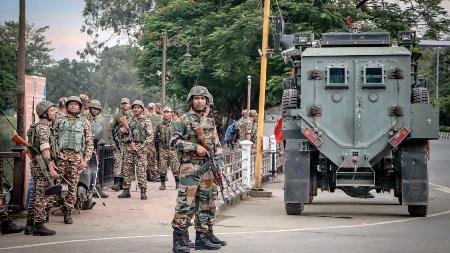
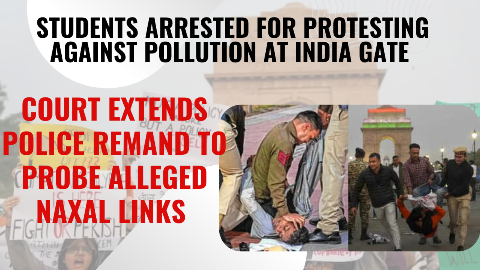

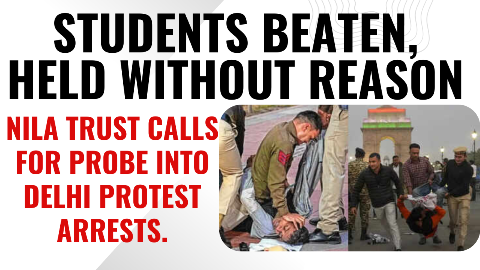

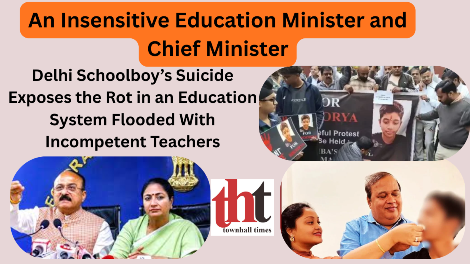



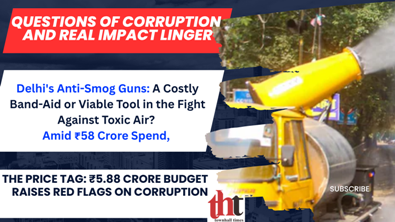
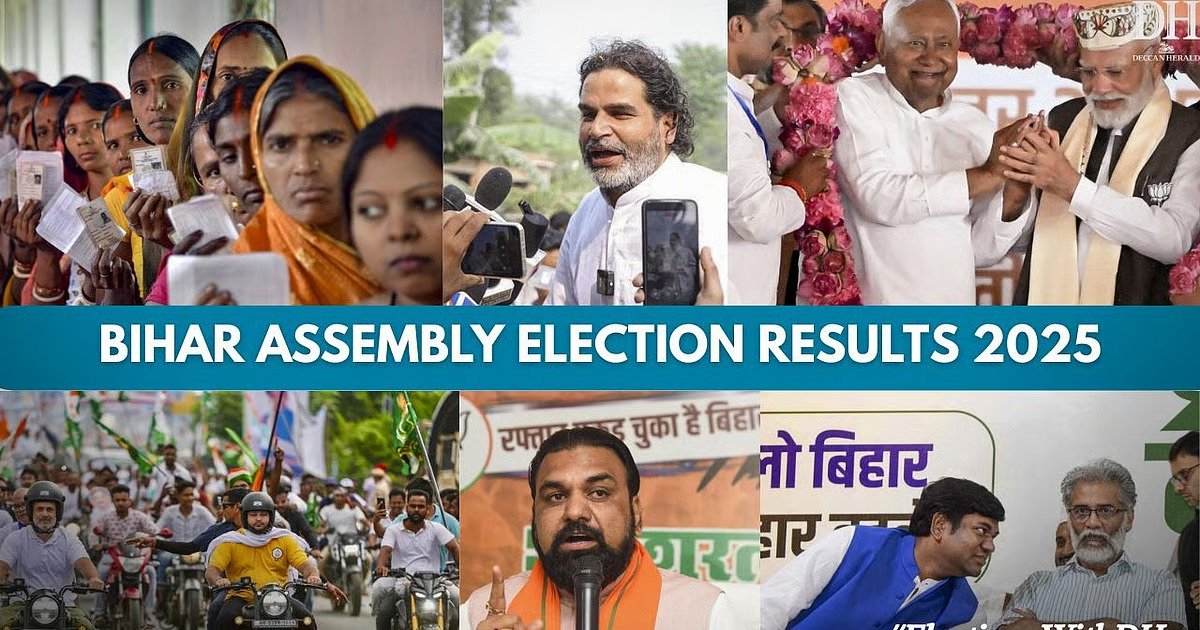
Leave a Reply